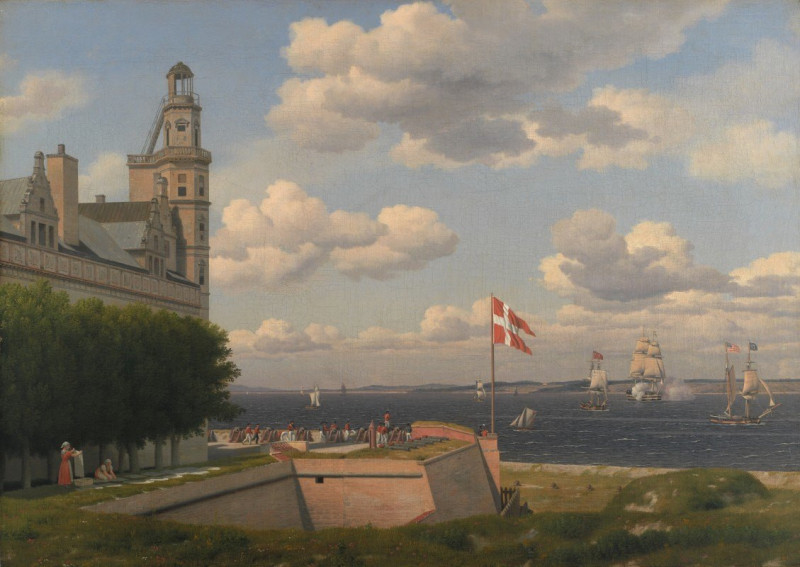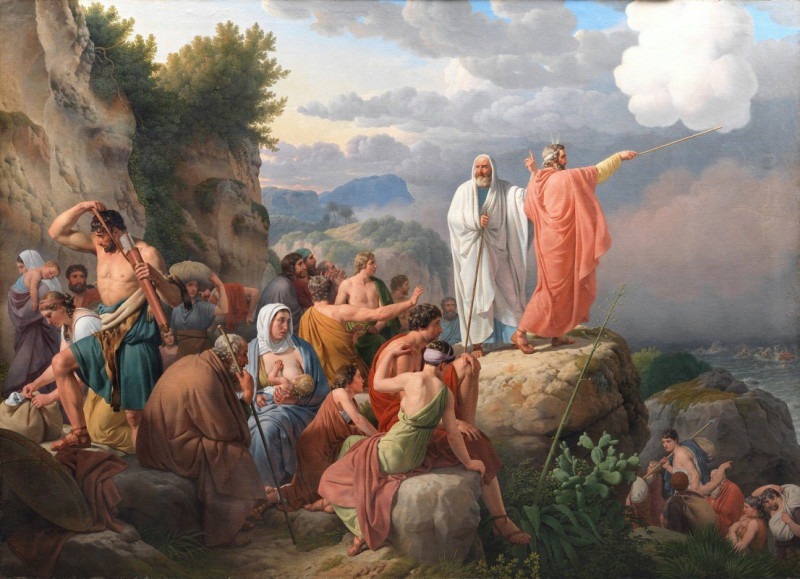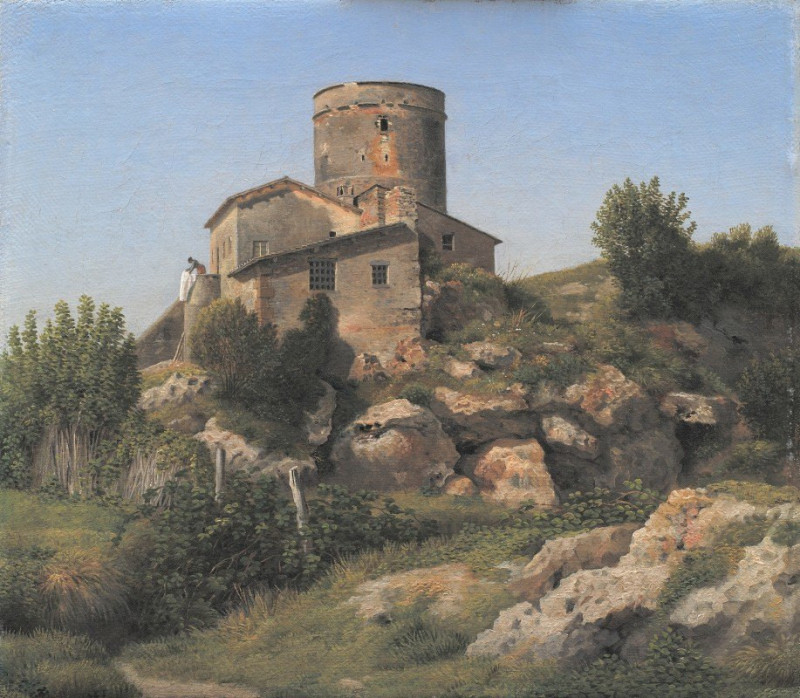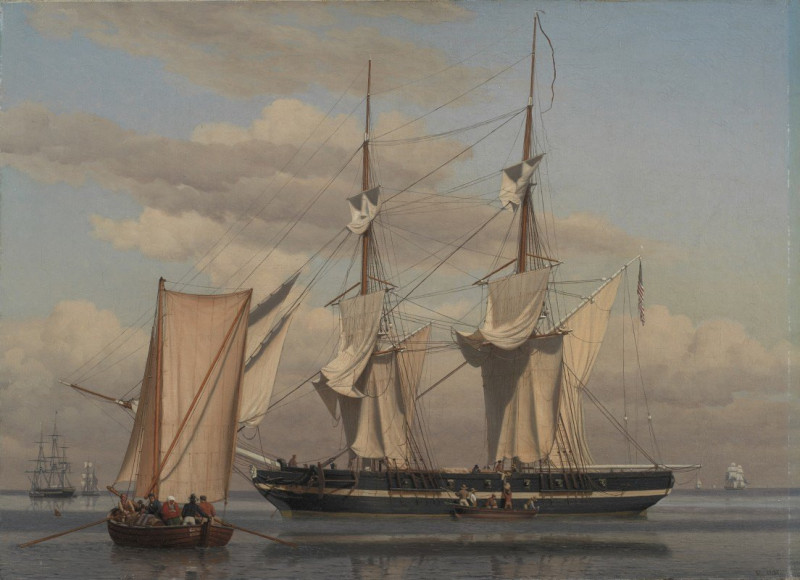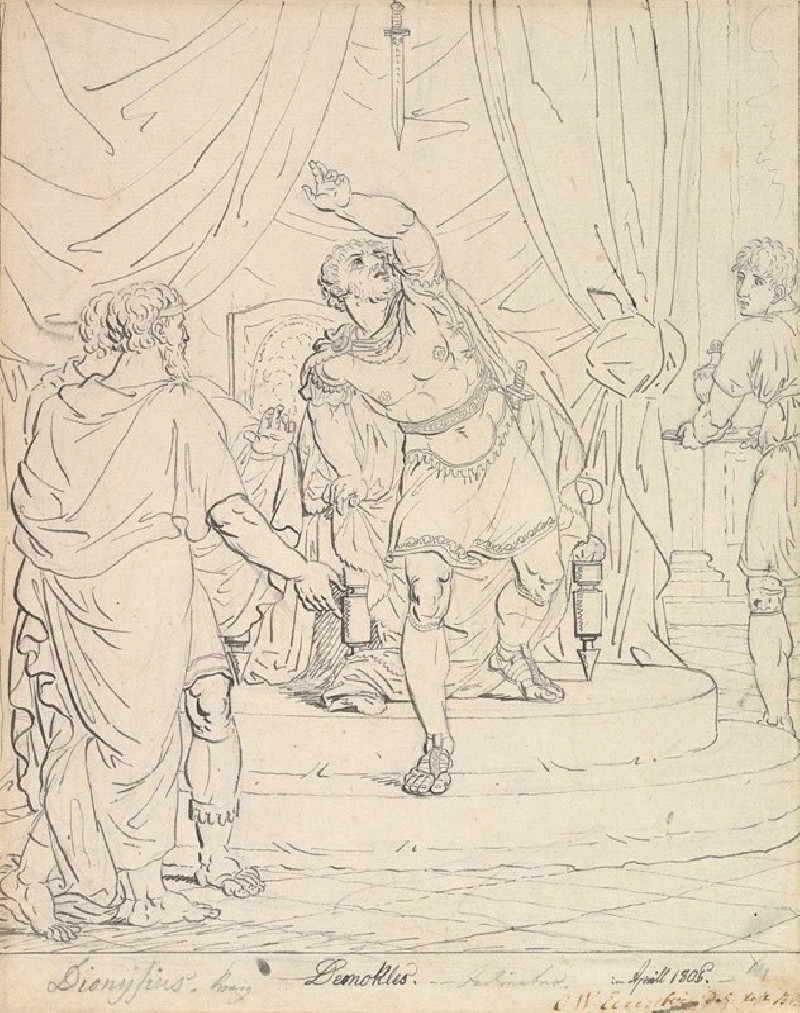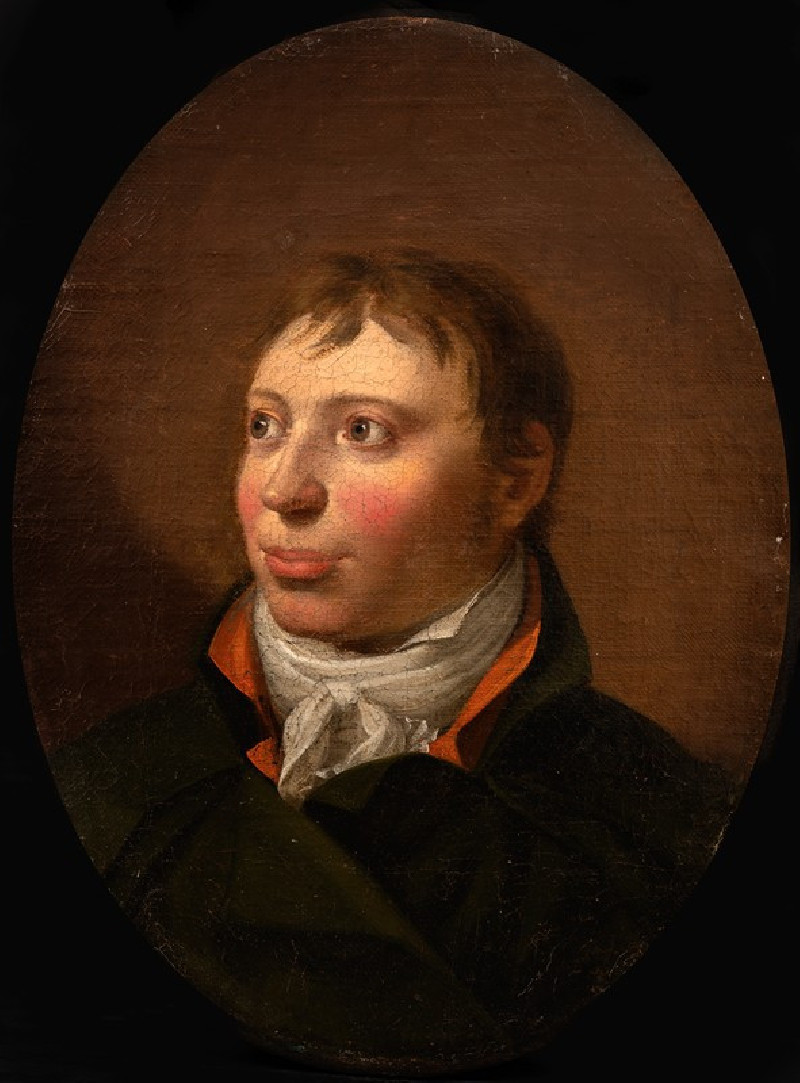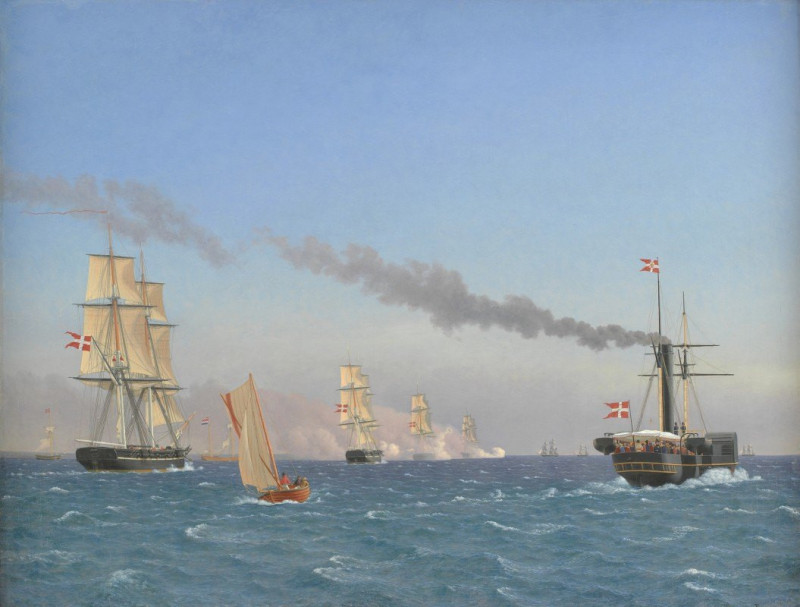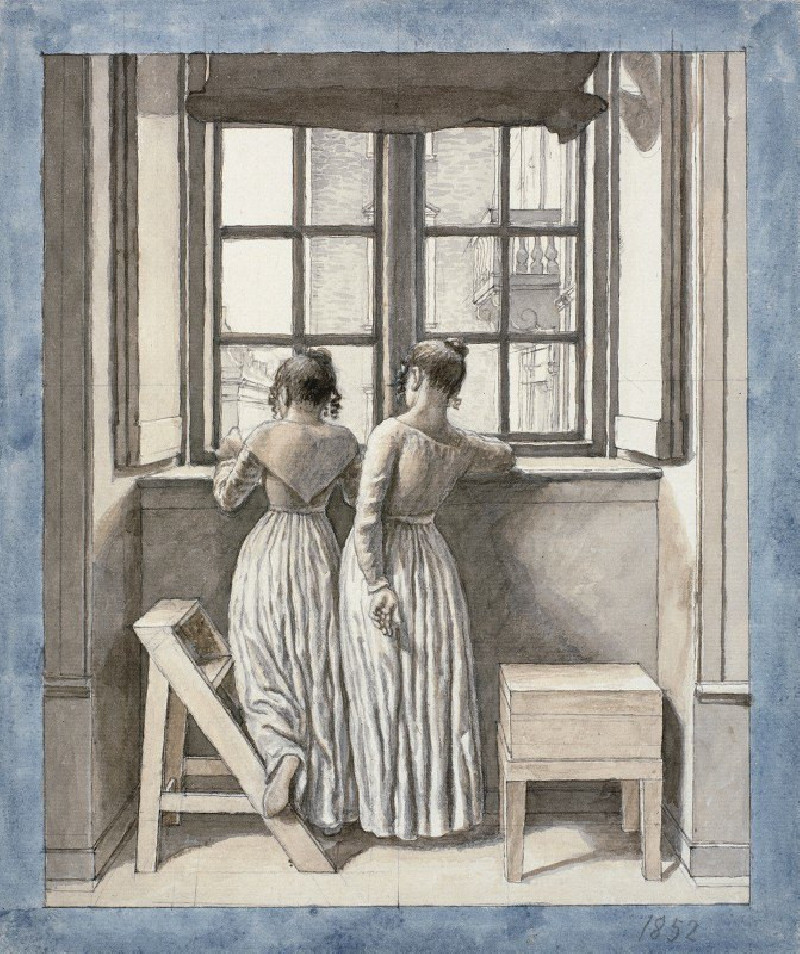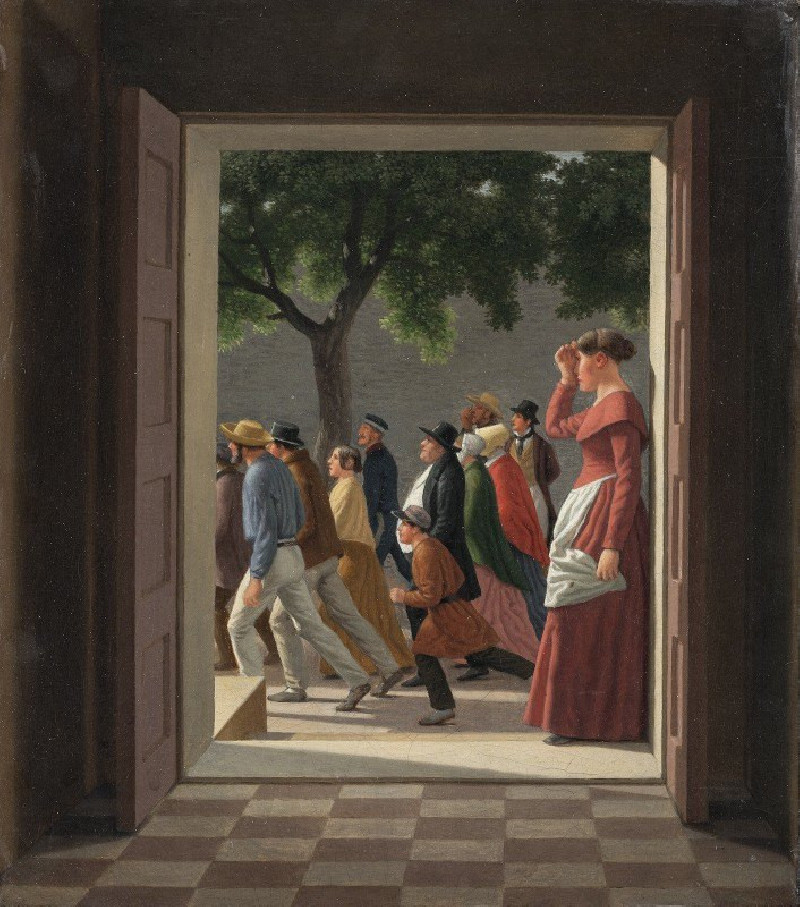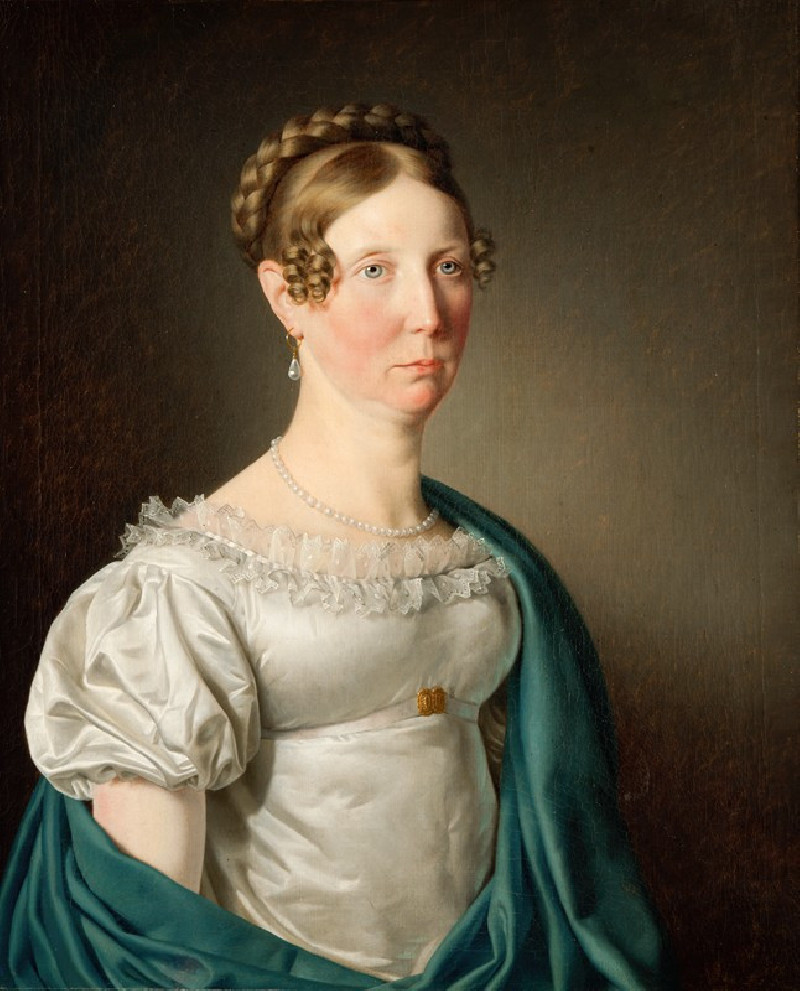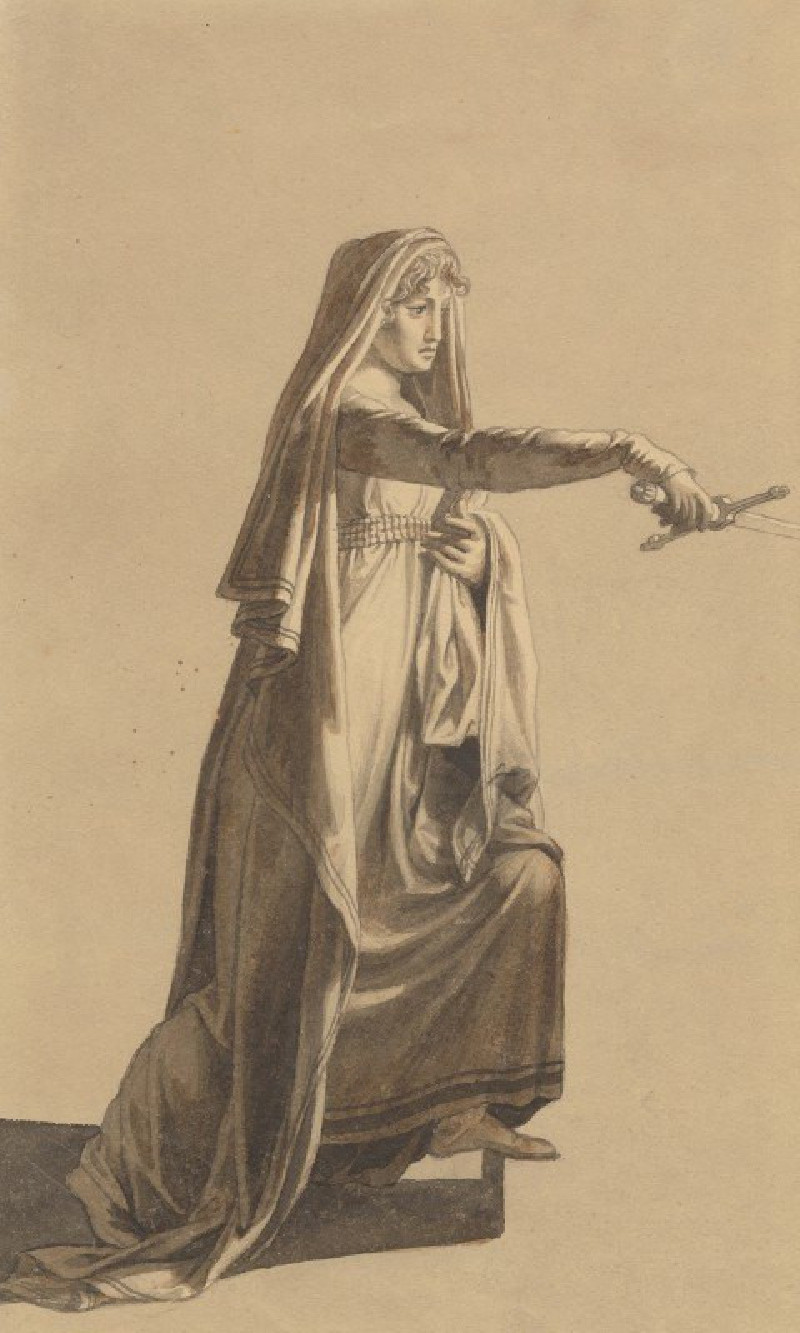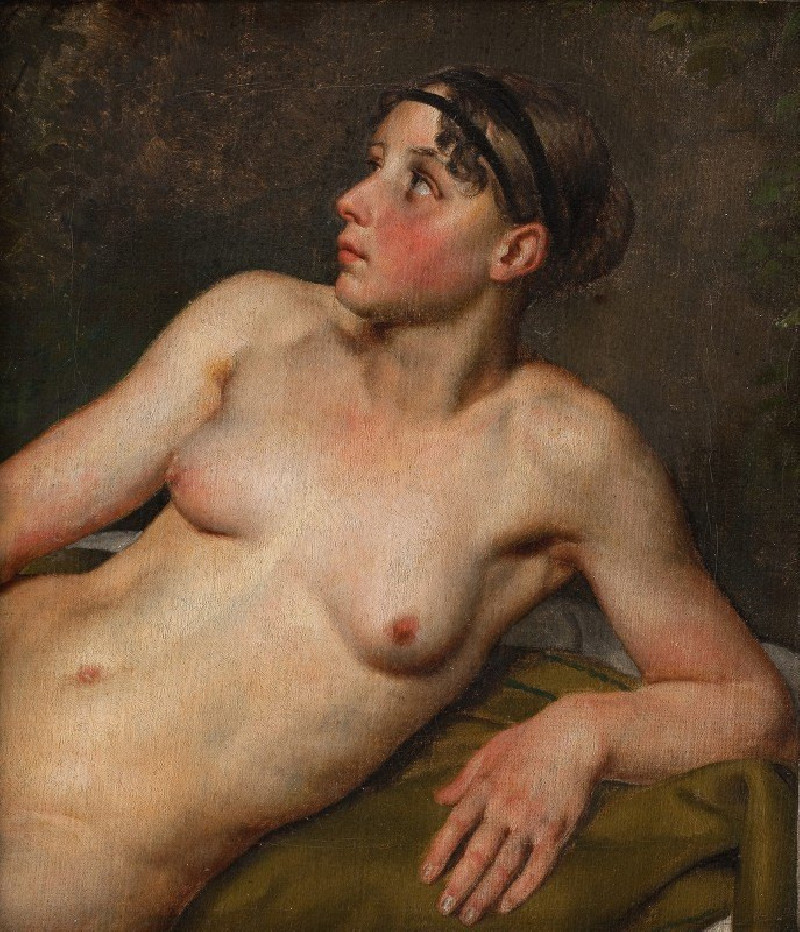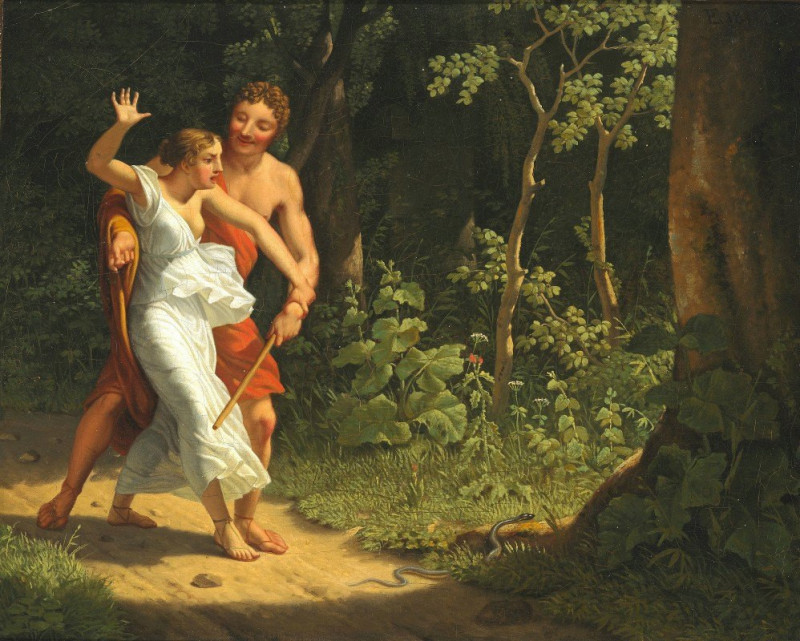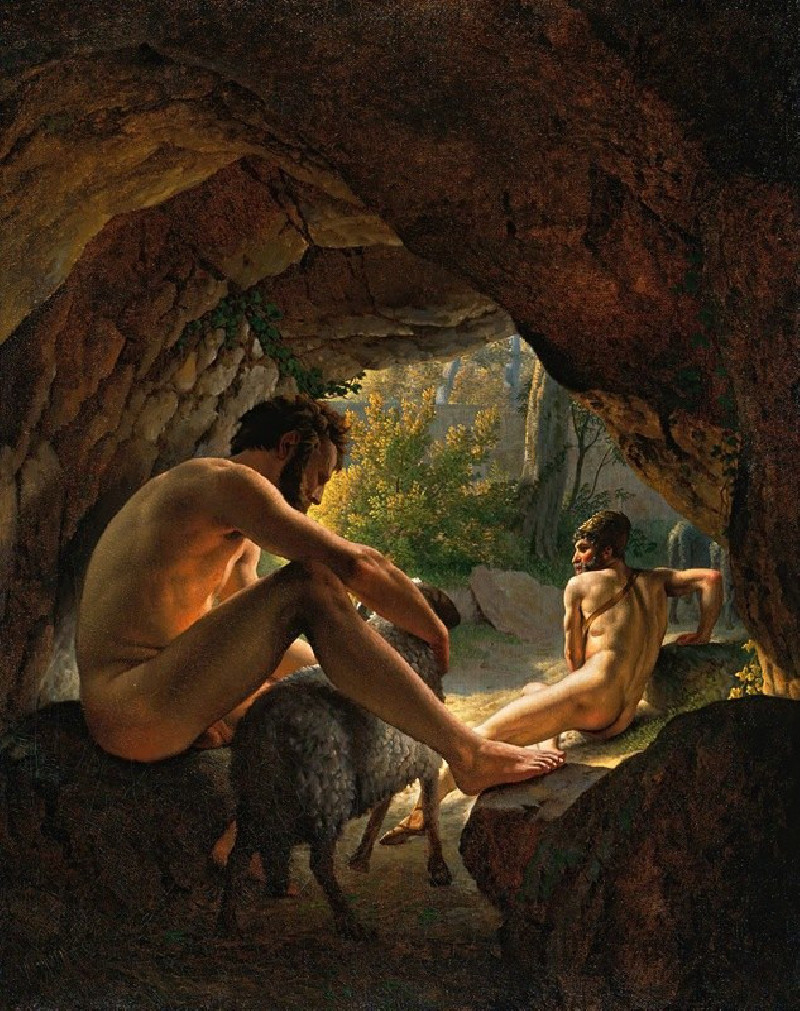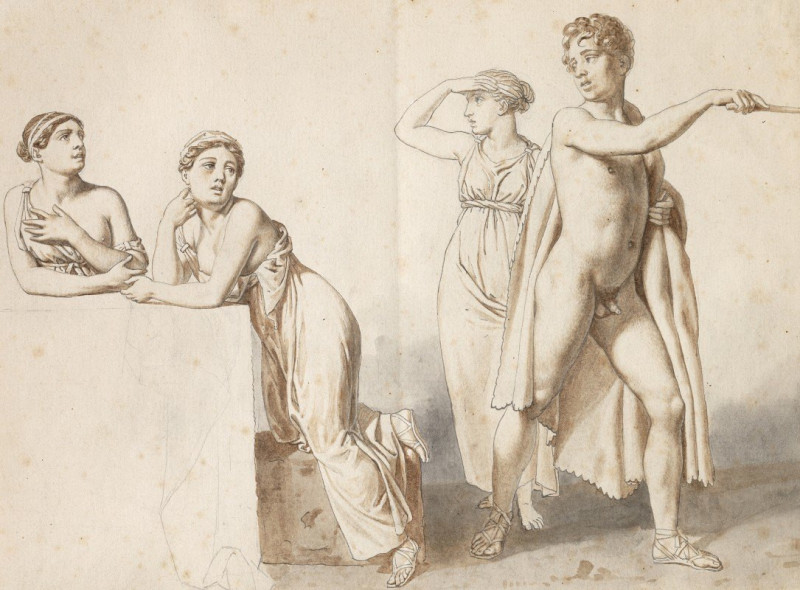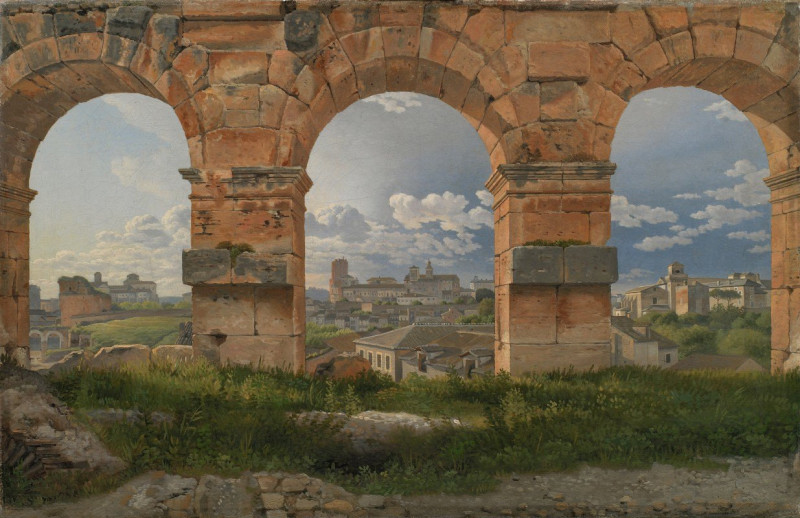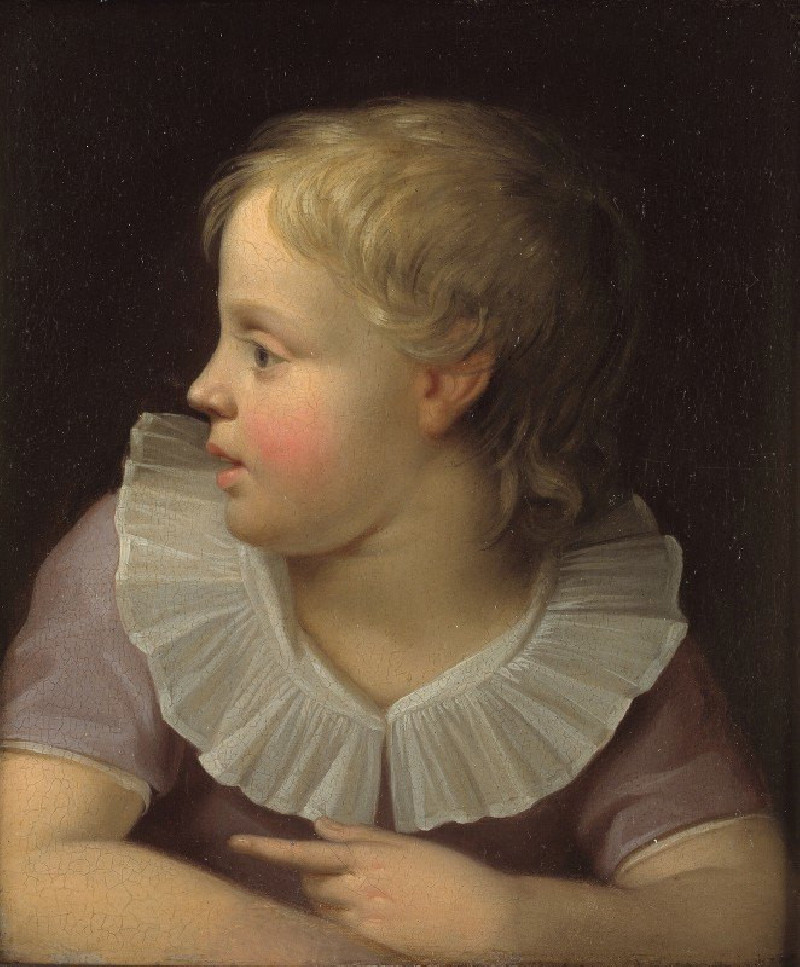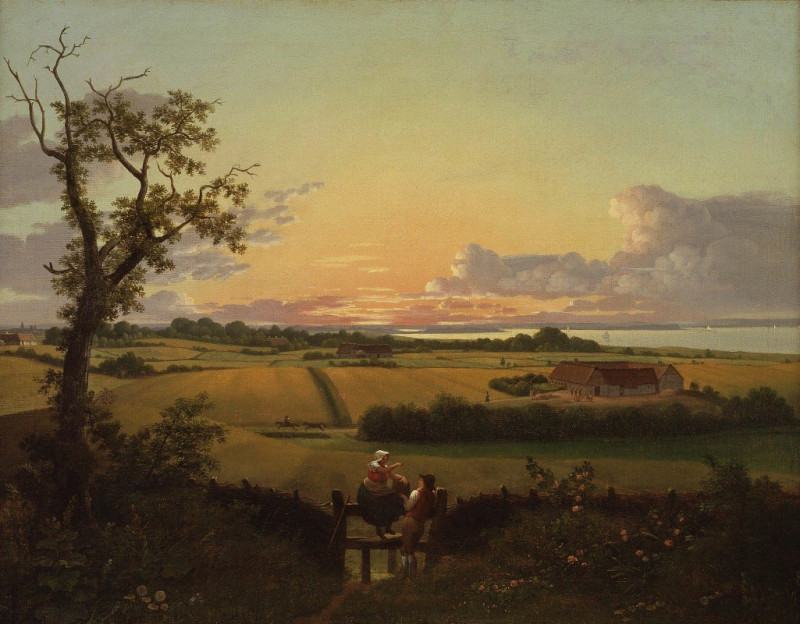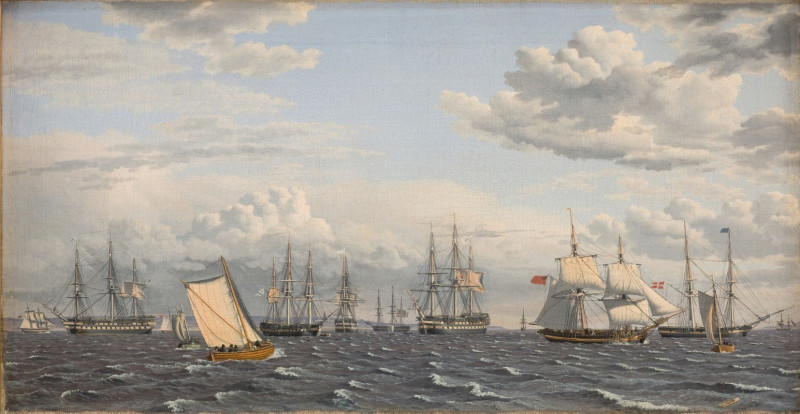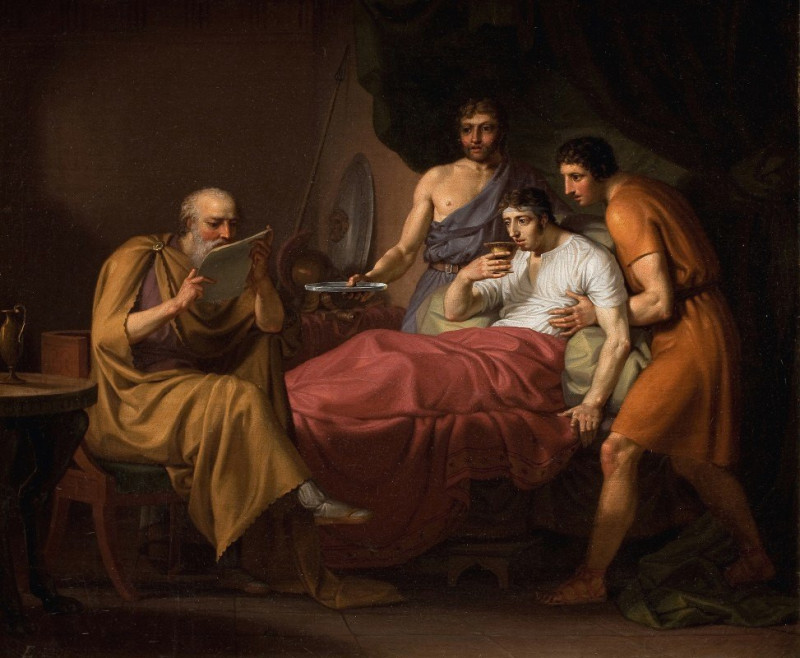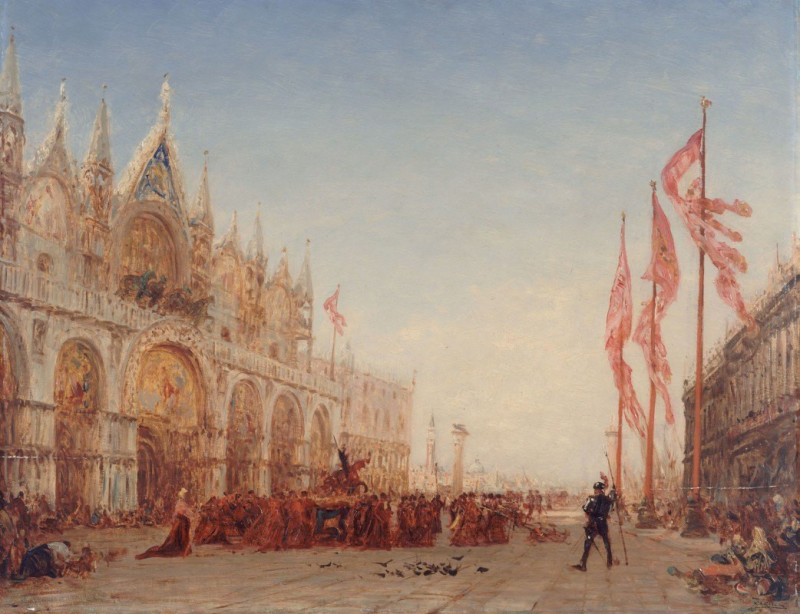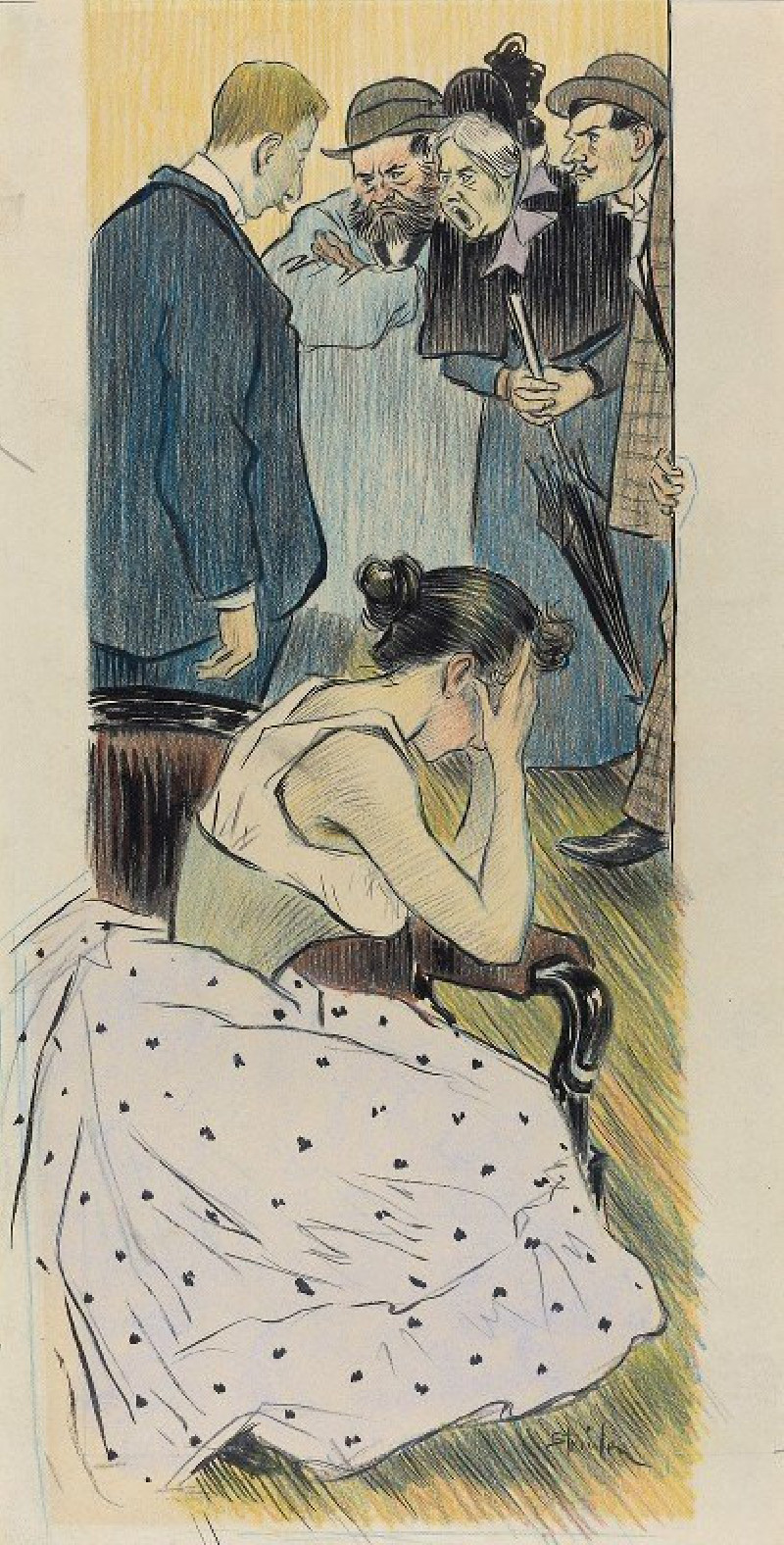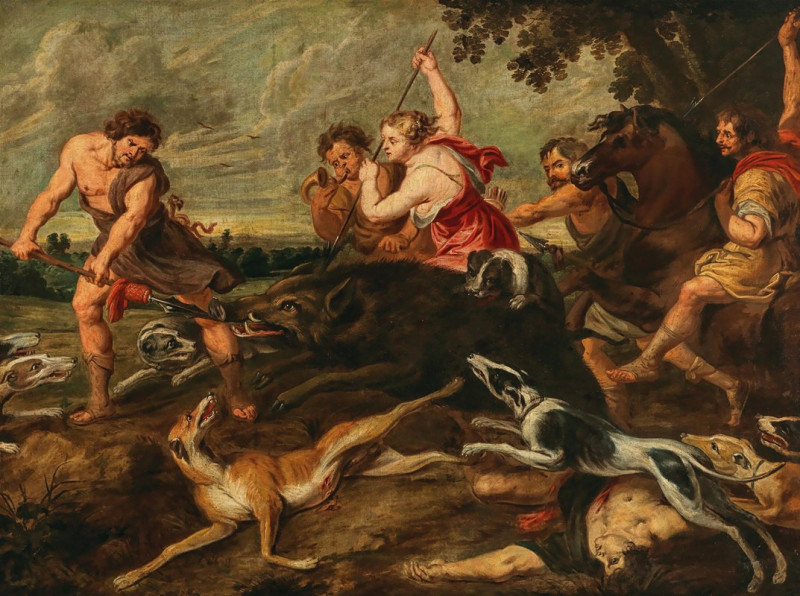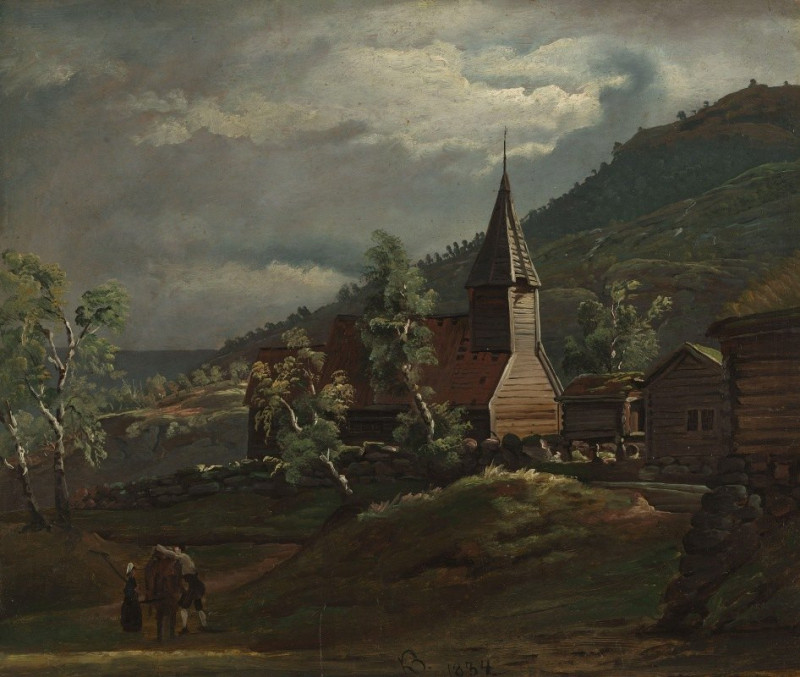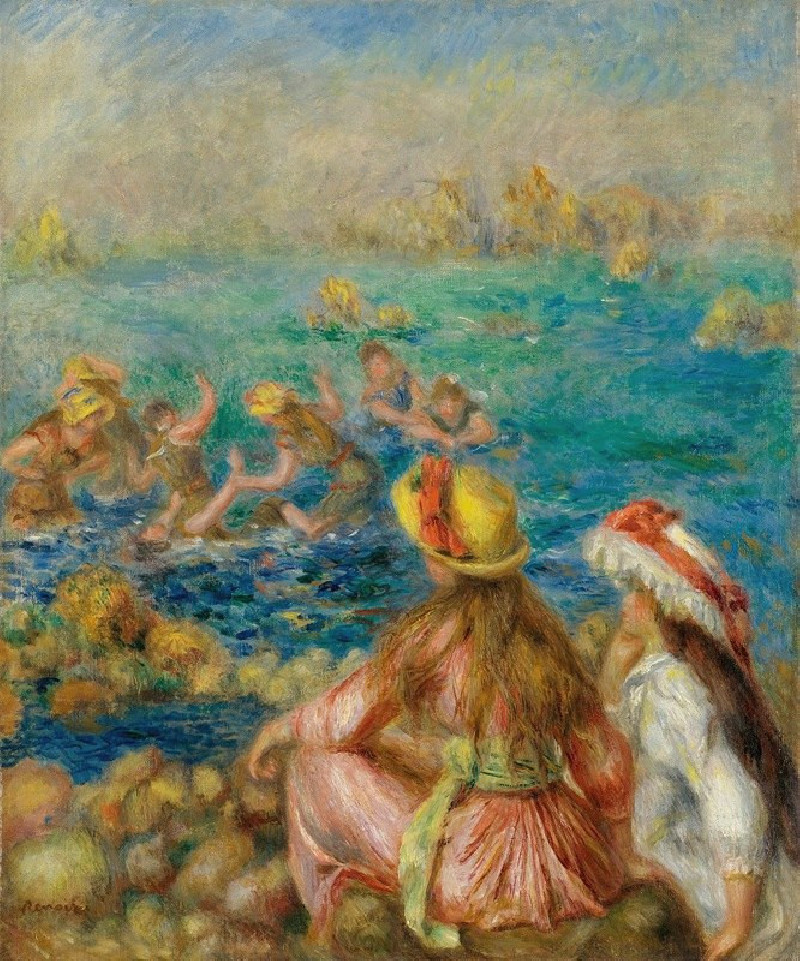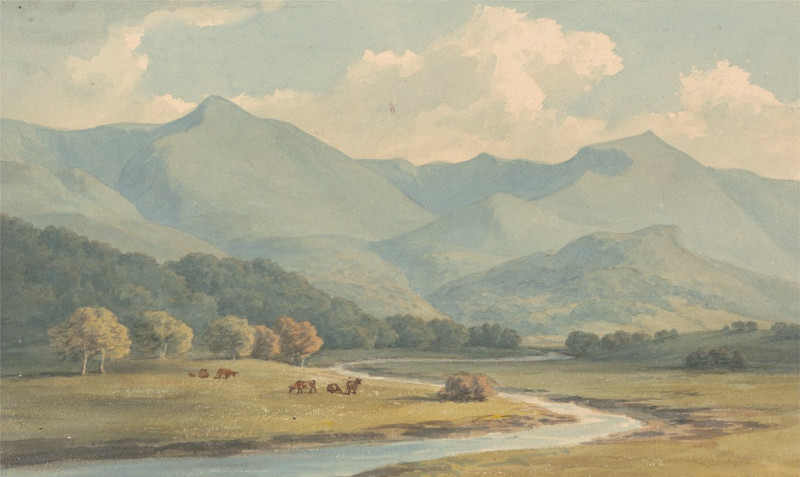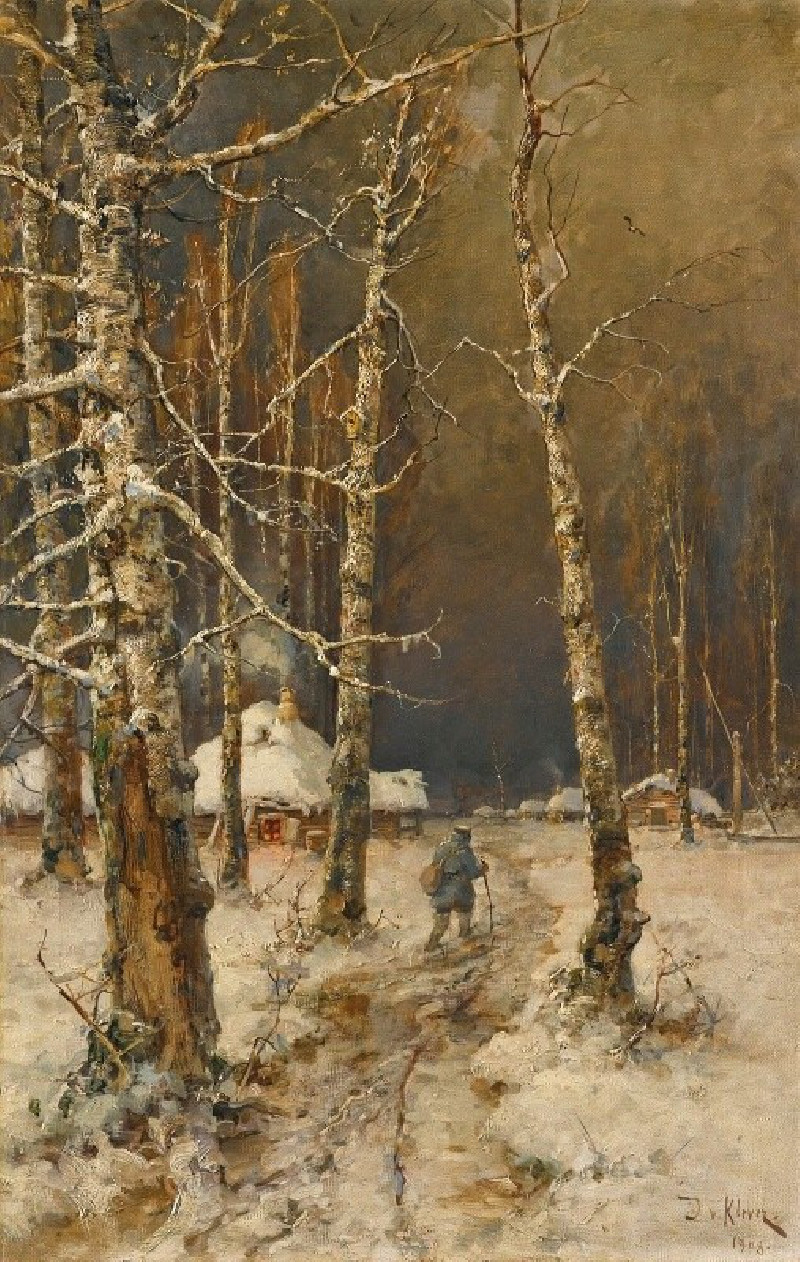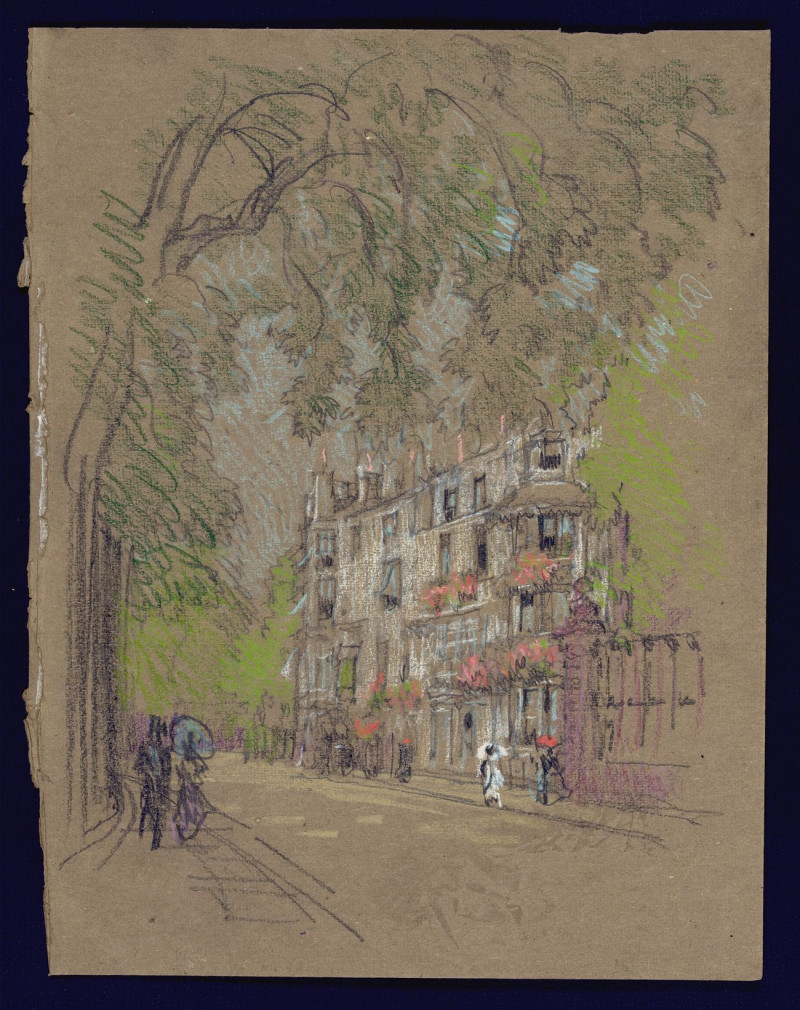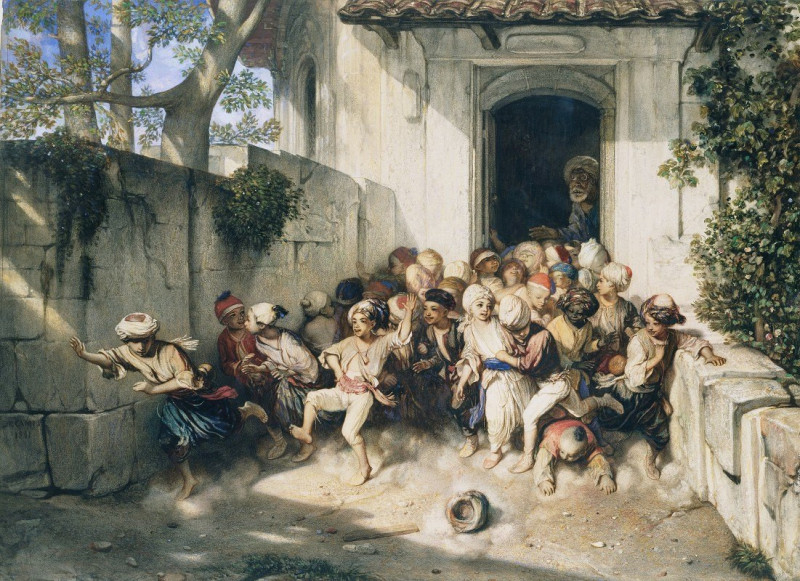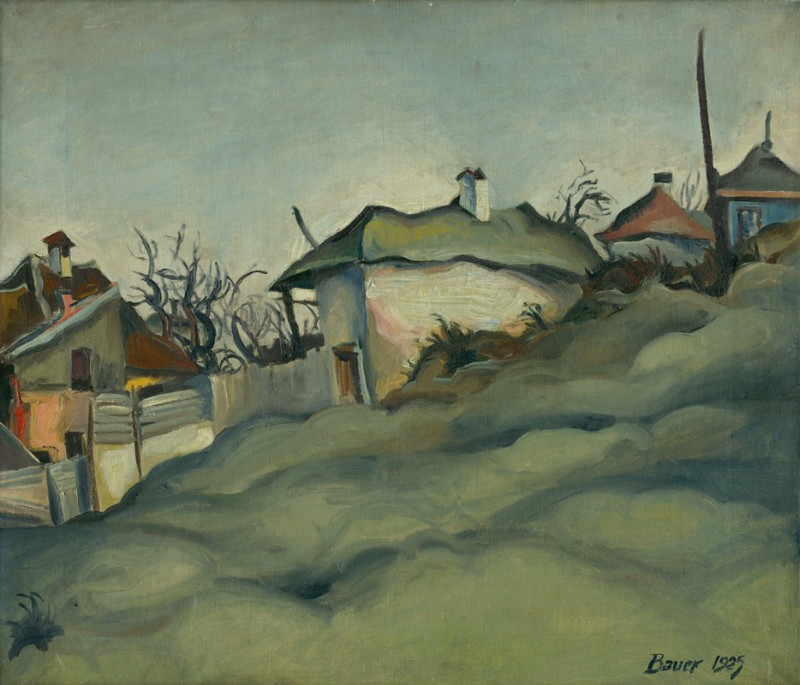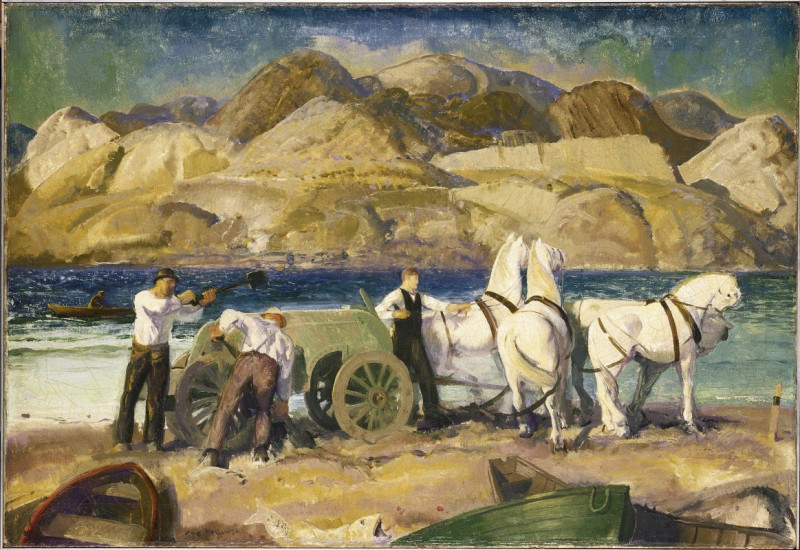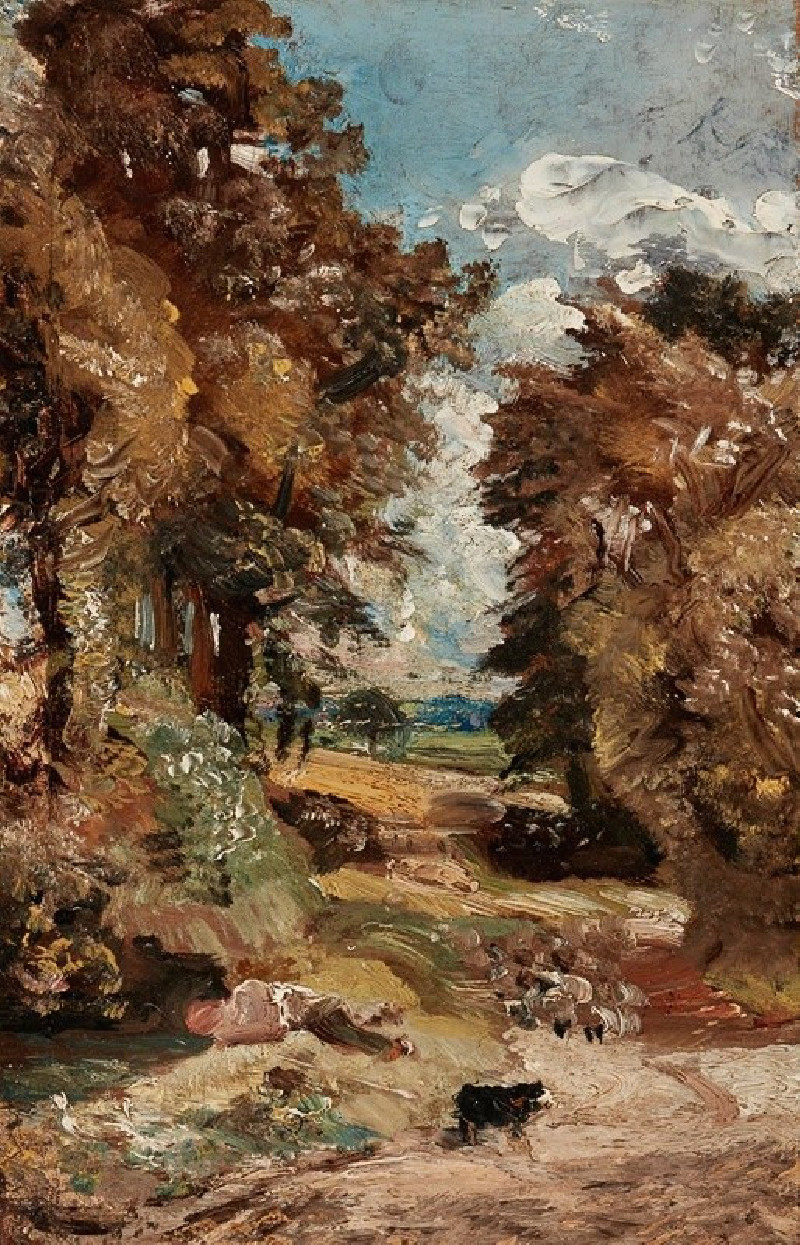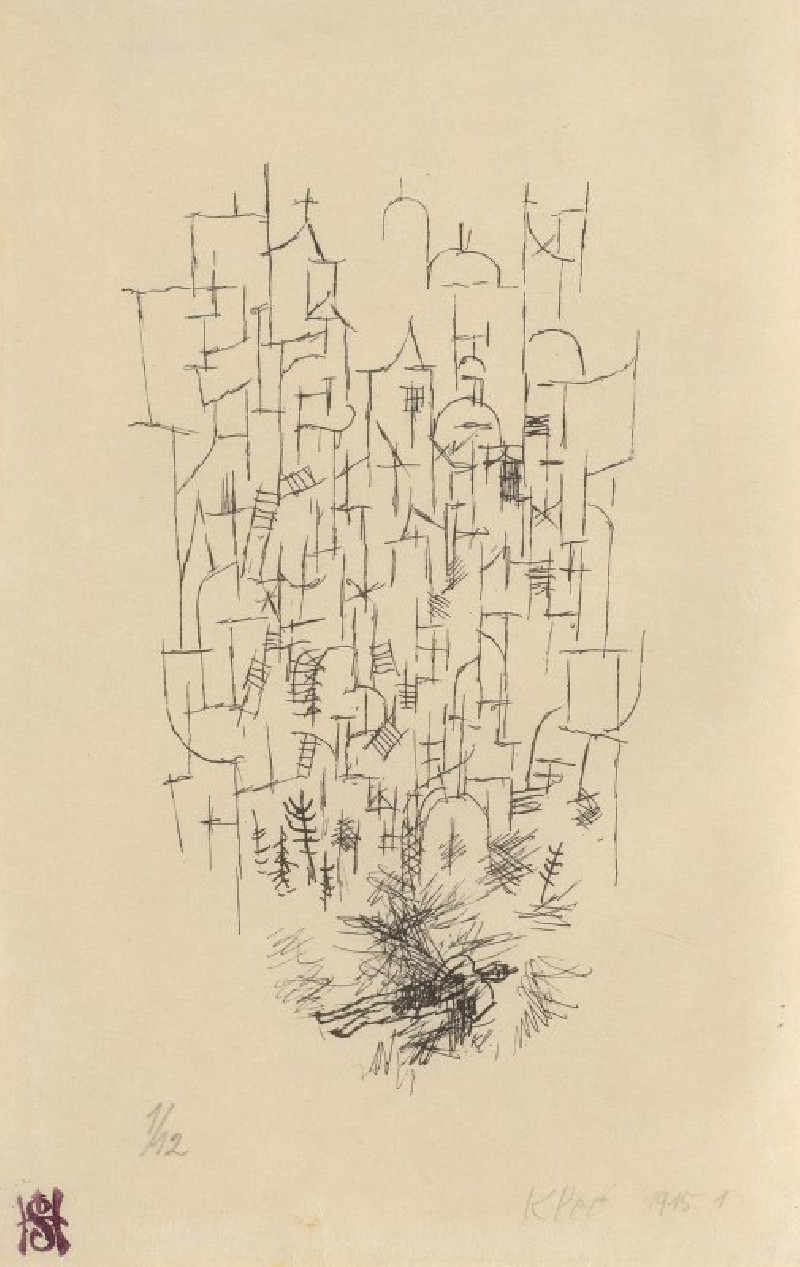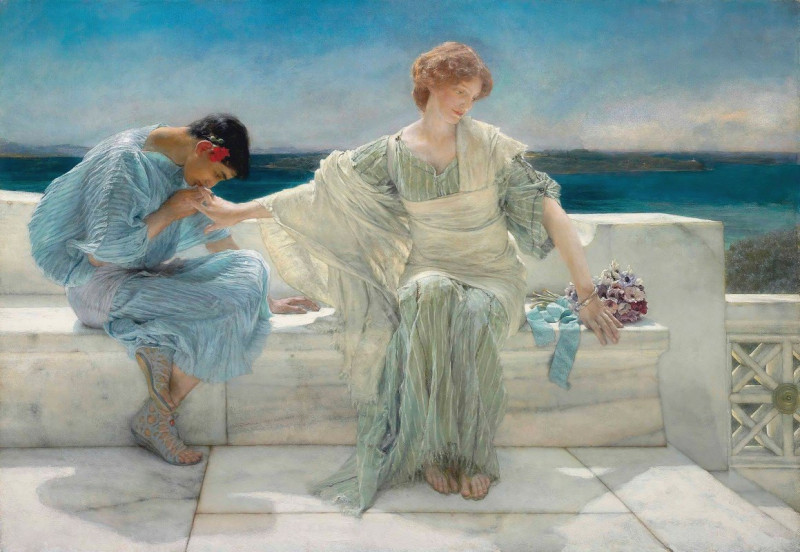A View towards the Swedish Coast from the Ramparts of Kronborg Castle (1829)
Technique: Giclée quality print
Recommended by our customers
More about this artwork
Christoffer Wilhelm Eckersberg's painting "A View towards the Swedish Coast from the Ramparts of Kronborg Castle" (1829) masterfully captures a serene moment in time, exemplifying the artist's prowess in marine and architectural scenes. This picturesque composition, set against a backdrop of fluffy clouds scattered across a soft blue sky, offers a tranquil glimpse of everyday life combined with the grandeur of human constructions.The foreground features the meticulously detailed, robust brickwork of Kronborg Castle's ramparts, located in Helsingør, Denmark. This historical fortress, known for its association with Shakespeare's *Hamlet*, dominates the left side of the canvas with its impressive architectural details and towering presence.On the ramparts themselves, various groups of people, dressed in the fashion of the early 19th century, engage in relaxed activities. Their calm demeanor and leisurely pace contribute to the painting's overall atmosphere of peaceful coexistence with the surrounding nature and bustling sea life.The Danish flag proudly flutters in the wind, symbolizing national pride, while the distant horizon is dotted with the delicate silhouettes of ships. These vessels, representing both commerce and naval prowess, are heading towards or away from the viewer, their sails full of breeze, navigating the waters that lead to Sweden—visible in the far background as a gentle hint of land.Eckersberg’s artistry in "A View towards the Swedish Coast from the Ramparts of Kronborg Castle" not only showcases his skill in rendering natural light, atmospheric effects, and human interaction but also invites viewers to ponder the quiet majesty of this historical locale.
Delivery
Returns
Christoffer Wilhelm Eckersberg (2 January 1783 – 22 July 1853) was a Danish painter. He went on to lay the foundation for the period of art known as the Golden Age of Danish Painting, and is referred to as the "Father of Danish painting".

